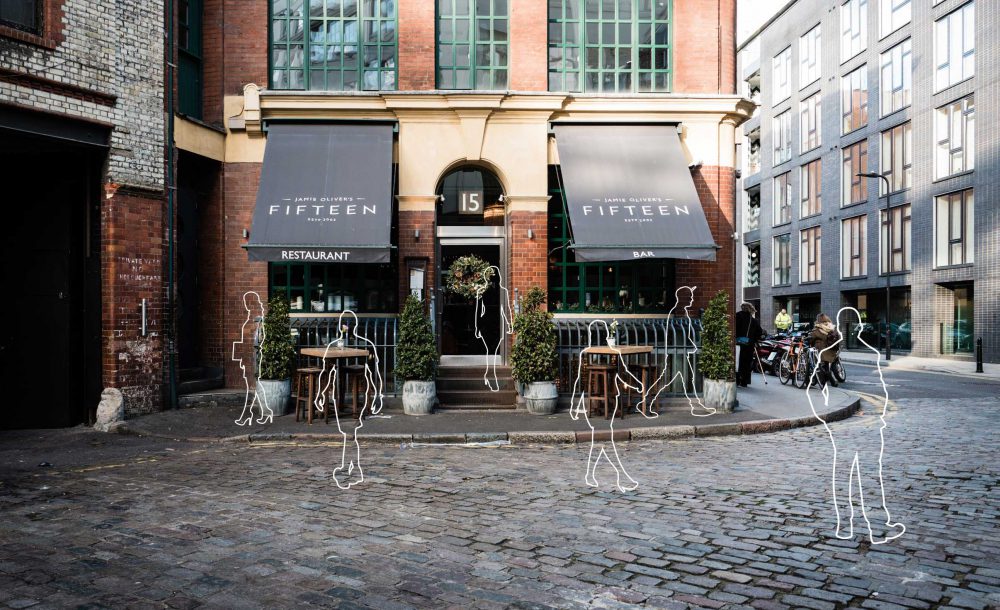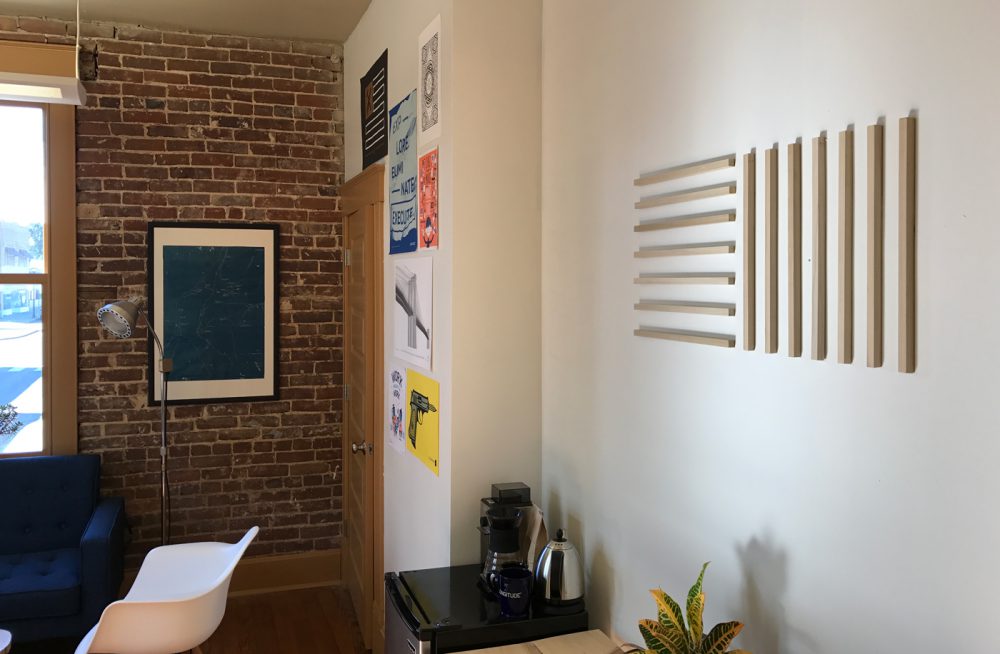Real-World Examples of How a Brand Strategy Can Improve Your Business Operations
January 9, 2019
Dustin Myers
The power of positioning in an effective brand strategy.
One of the primary misconceptions we fight to overcome is that branding is just about logos and colors. Because of that misconception, some people associate “branding” with the arts and when it comes to making an investment into their business it is seen as a nice-to-have.
What has been interesting over the years of guiding people through our brand development process is the various operational changes that ripple throughout the business. The brand strategy process we take people through literally affects every area of their business.
Before getting into the examples and applications, let’s highlight two of the exercises that are a part of our brand strategy development process.
Understanding Brand Positioning
One of the key exercises in BrandGPS™ is developing the positioning statement.
What is positioning?
The unique position or point of differentiation that you occupy in the marketplace as understood by your customers.
This should be a clearly articulated set of words that demonstrates who you are and why you are unique. It gives the customer a reason to buy. It should be something that none of your competitors are saying or could say. As you can imagine this can be a challenge.
With an existing business, we are not trying to create something out of thin air. We typically drill down into who they are and what they’re doing and realize that the position has been there for a while. They have just never had the clarity to pull it out and communicate it in a way their customers could recognize.
We have written on this topic more extensively here. Or for a deep dive on the topic, read this book.
Identifying Position Supporting Actions
You can claim to be the “only” or “best” or “first” in something but if you can’t back it up the damage will be worse than taking no position at all. In guiding our customers through the process we work to develop the list of position supporting actions. Authenticity should be a brand value of every organization. People can sense a phony brand a mile away and will run from organizations that make unkept promises.
If you are building a team, everybody needs to understand your position and exactly what they need to do to support it. This isn’t just tweaking your messaging. Your entire team and operations should be centered around building the right reputation for your business.
We ask questions like:
- “What can we do to ensure our audience recognizes our position?”
- “What operational changes would make our positioning more authentic?”
- “What are daily, weekly and monthly tasks that will support our position?”
Real-World Examples
See the following examples of positioning statements the drove operational changes:
“Bringing people together with homestyle recipes.”
This catering company is full of heart and built on the family matriarch affectionately referred to as “Big Mama.” The idea of bringing people together was her mission and the homestyle cooking was usually how it happened. In a sea of cold/sterile corporate catering options, this company stands apart with their warmth and attention to detail. Some of the operational changes that resulted were separating part of their services into a different company.
They had tried to put everything they were doing under one brand and that was causing confusion and muddying the waters for their communication. Another operational change was that they wanted to create a guarantee that when you order with them it will be there on time. If your catering shows up late or incorrect it can cause a lot of unneeded stress at your event whether its a wedding, corporate event, or family gathering.
“The only partnership-minded experts with a top-down approach to preventing IT problems.”
Through the positioning exercise, this client identified a multi-faceted competitive advantage. Their “secret ingredient” is unmatched by the competition and leads to big wins for their customers—the top-down preventative approach. After identifying the position it became clear that they needed to further develop this system, give it a name, and better communicate it to their customers.
The “partnership-minded experts” position is also driving a more intentional effort to further their IT education. Yearly and quarterly training sessions will help to reinforce the position of experts. Another operational difference that comes from being positioned as “partnership-minded” is the commitment to only proposing the right solutions. Whereas many in the field are taking advantage of their customers’ ignorance by selling unnecessary products to boost profit.
“We make it easy for you to get the parts you need.”
This client is in a very antiquated industry that is very slow to adapt to the online world we now live in. This company was already ahead of the competition but they wanted to solidify this statement as their battle cry. This drives them to constantly improve how easy they can make it for their customers to get the right parts quickly.
Operational changes that came from that include redesigning the website to be extremely intuitive for looking up parts and improving the checkout process. They also saw that sometimes people don’t know the part number for what they need so they are working on a feature where the customer uploads a picture from their cell phone and the team tracks down what the piece is.
“Ingredients for sharing life around the table.”
This retailer specializes in spices, herbs, teas, & coffees. Defining the position around sharing life led to several operational moves that help support the position. For instance, the commitment to being family-friendly led them to create a children’s area in the front of the store for kids to learn, color, and enjoy themselves. From a purely business perspective, this could be seen as a waste of valuable and limited retail space. But that is what separates brands you love from brands you forget about. Another operational aspect is creating recipe cards and sample boxes. Whether it’s friends or family, most people love to gather in the kitchen and try new things. The emphasis on “ingredients for sharing life” has enabled multiple brand-enhancing products and ideas.
Have you defined the positioning statement for your business? Have you developed the supporting actions and operational changes needed to back it up? Is your team equipped with a clear plan and action steps to building the reputation you want?
Talk to a brand strategist at Longitude° to learn more about how you can grow your business by improving your brand.
Dustin Myers
Partner, Longitude°
Dustin started the company that would become Longitude°. With a deep focus in creating the methodology and processes that would become known as BrandGPS™. He is always striving to find ways to bring value to those around him and passionately focused on helping solve extremely complex brand challenges.






